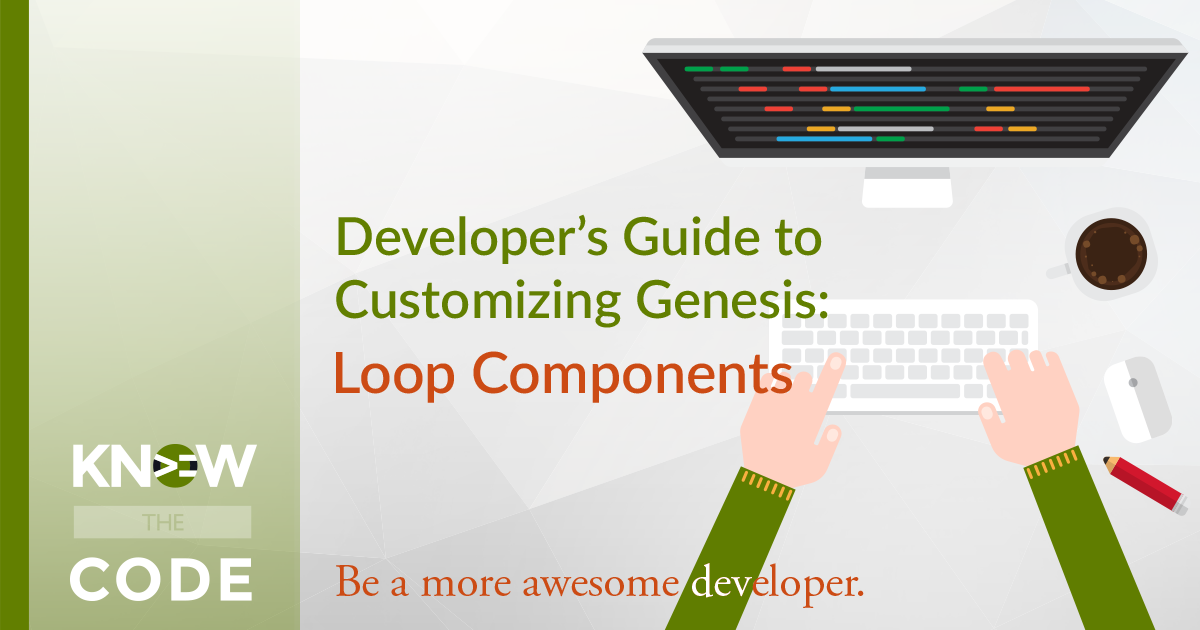At the bottom of each article, you are used to seeing the post meta. This is where Genesis, by default, renders out the post’s category(ies) and tag(s). This functionality occurs in the function genesis_post_meta in the file “genesis/lib/structure/post.php”. Part of this function, just like with the post info, the shortcodes are being filtered by an event, which is named genesis_post_meta, and then processed through the WordPress Core function do_shortcode(). This is the filtering event which fires to call any functions that are pre-registered to the event name genesis_post_meta: $filtered = apply_filters( ‘genesis_post_meta’, ‘ ‘ ); Within Genesis, it has registered […]

